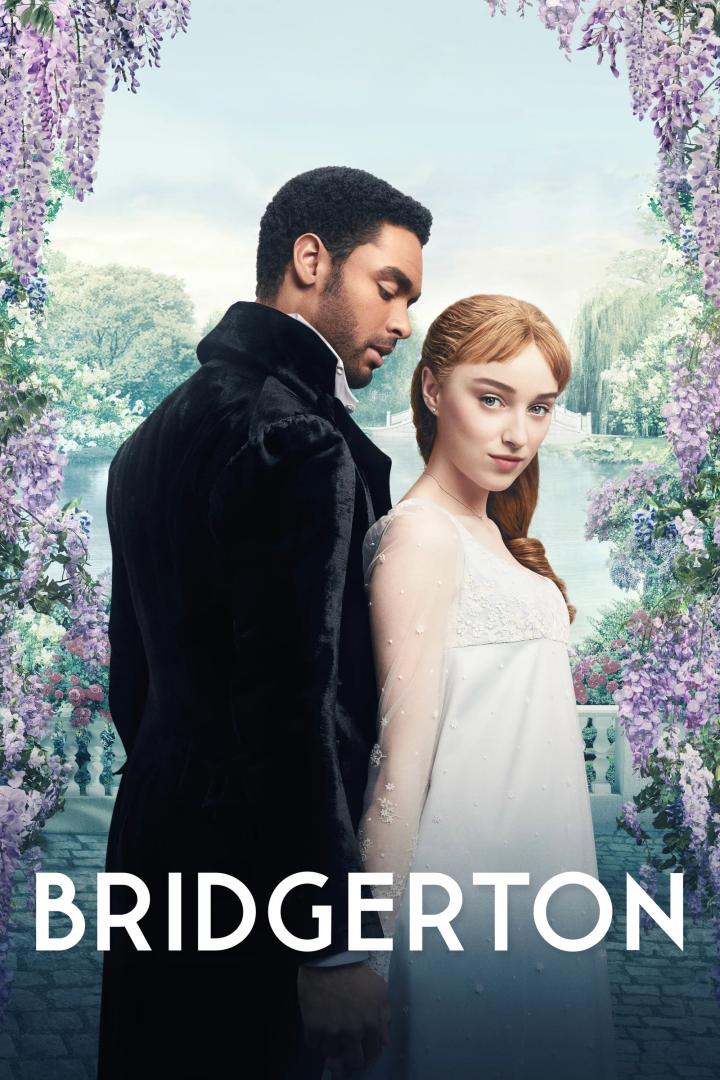At its core, the genre of romance was once a celebration of love, focused on tender moments, emotional intimacy and the gradual development of affection. Romance was about the slow build – the quiet, meaningful exchanges and the eventual relationship that blossomed between characters. The connection deepend through vulnerability, trust and the natural unfolding of feelings, making the eventual bond feel authentic and earned.
However, in recent years, romance has become undeniably influenced and, in many ways, corrupted by the rise of material known as “smut.” A genre once labeled by heartfelt affection, emotional depth and the exploration of love’s complexities has been overridden by explicit content and graphic depictions of physical desire. Sex, once considered an inappropriate and taboo subject, is now freely and unapologetically depicted. Smut has blurred the lines between romance and pornography, undermining the aspects of the genre that were once so integral to its appeal.
With the rise of streaming services, smut and other sexually explicit content have become common in romance movies and shows. Now that material doesn’t necessarily have to be family-friendly, production companies create romance content that prioritizes shock value and viewership, often leaning heavily into graphic sexual scenes. For example, Bridgerton, a popular period piece drama, emphasizes intimate encounters rather than those of legitimate emotional connection and affection. For instance, in Season 1, Daphne and Simon’s wedding night was extremely sexualized, overshadowing the development of emotional intimacy between the two. While the show is undeniably well-made and engaging, its portrayal of romance often centers more on physical desire rather than the emotional journey that traditionally defined the genre.
Besides streaming services, the surge of explicit content in other forms of media, such as literature, is also undeniable. In relatively recent releases such as Icebreaker, Haunting Adeline, The Love Hypothesis and the Twisted series, smut essentially takes center stage – emotional depth and character development are secondary to the graphic intimacy that is depicted. For example, Icebreaker by Hannah Grace primarily focuses on the two main characters’ sexual chemistry. Similarly, Haunting Adeline by H.D. Carlton, though a thrilling and suspenseful narrative, delves heavily into dark themes of obsession and dominance. The book’s portrayal of power dynamics essentially glorifies toxic relationships and sexual assault. While these works have carved out a space for mature and adult-centered content, they represent a shift in how romance is portrayed, one that recalibrates the balance between emotional intimacy and physical desire, steering the genre away from its origins.
This shift reflects broader societal changes as well as an evolving cultural landscape, as it is now socially acceptable for love to be depicted on its physical as well as its emotional levels. Although this theoretically is not a negative change, it has reached a point in which the genre risks losing the nuance and authenticity that once defined it.
The rise of smut has not only ruined the romance genre, it has also promoted an unrealistic and unhealthy representation of relationships. Themes such as dominance, obsession and extreme physical desires are often at the forefront, normalizing relationships that focus solely on sexual activity rather than mutual respect, trust and emotional connection. This is particularly dangerous given that these movies, books and shows often cater to a younger audience, who may come to believe that these dynamics are standard or desirable. Also, the frequent sexual encounters in smut media have contributed to the rise of hookup culture, which further reinforces the idea that relationships should be based on physical gratification rather than emotional intimacy.
While there is nothing inherently wrong with smut or sexual content, the sheer volume of it in modern romance has reached a baffling point. The demand for more mature content is valid and will most likely continue to shape the landscape of romance media. However, it is important to remember that romance is more than just physical desire; there is an enduring beauty in subtler depictions of love in which emotional intimacy takes precedence. Classic stories, such as Casablanca and Pride and Prejudice, despite not featuring any physical intimacy, hold the same, if not more, value as they showcase the power of love without needing to be explicit. As the romance genre continues to evolve, let’s hope it doesn’t completely lose sight of the qualities that once made it so universally cherished.

